In modern buildings, The electrical system is an essential element that guarantees the proper functioning of daily activities. Cables, considered the "nervous network" of this system, have the mission of transporting energy and information. It is crucial to choose and install the cables correctly to ensure the safety and reliability of the electrical system. This also improves its efficiency and sustainability. This article explores the most commonly used cable types in buildings as well as their safety characteristics. What's more, It briefly presents the main standards for the installation of cables.
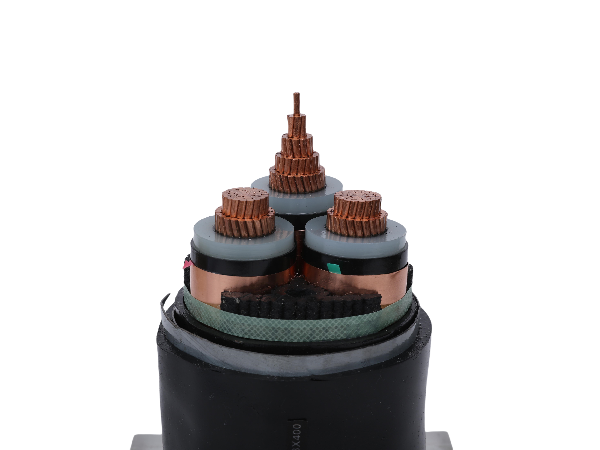
Types of Cables Commonly Used in Buildings
Electric cables in buildings vary according to their use, Material and structure. Each type of cable has specific functions and plays a crucial role in the electrical system of buildings. Here are some types of current cables and their applications.
Low voltage electric cables
Low voltage power cables are the most widespread in buildings. They are mainly used for the distribution and transmission of electricity. In general, They are used in electrical systems ranging from 220V to 1000V, like in the houses, offices and shopping centers.
Materials and structure : These cables are generally made with a copper or aluminum driver. Copper, offering better conductivity and corrosion resistance, is privileged in demanding environments. Aluminum cables, less expensive, are often used in limited budget projects. The insulation is made A PVC (polyvinyl chloride) you are an XLPE (cross-linked polyethylene). PVC is flexible and fire resistant, while the XLPE is more resistant to heat and aging.
Applications : These cables are mainly used to supply devices such as lighting, air conditioning or household appliances. They are often installed in the walls, under floors or in false ceilings, thus ensuring the distribution of electricity in the building.
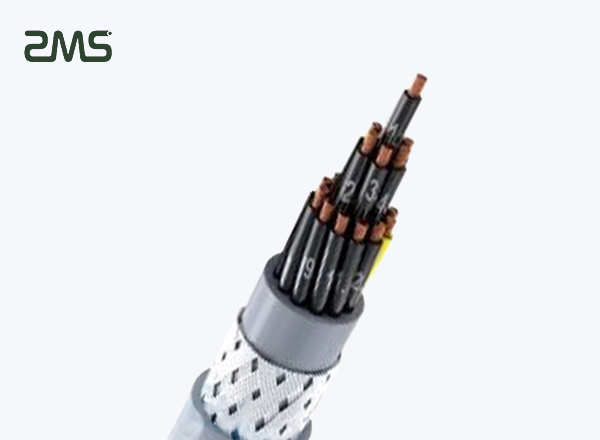
Control cables
Control cables transmit signals between electrical systems and control devices in buildings. They are mainly used for remote controls of equipment.
Materials and structure : The driver is generally made of multi -loin copper, thus offering good flexibility. To avoid electromagnetic interference, Some cables are armored with a layer of aluminum or copper trellis.
Applications : These cables are often used in automation systems of buildings such as elevators, air conditioning or fire alarm systems. They are also used in industrial buildings for controlling machines and automated devices.
Communication cables
Communication cables transmit the voice, Data and video. With the evolution of information technologies, Communication cable demand has increased considerably in buildings.
Current types
coaxial cable : Very resistant to interference, It is used for the transmission of signals, especially in surveillance cameras.
Twisted pairs cable : Like Ethernet cables (CAT5e, CAT6), It is commonly used for data transmission in local networks.
fiber optic cable : Thanks to its high -speed transmission capacity and without interference, It is increasingly used for broadband internet connections and video surveillance in buildings.
Applications : THE communication cables are omnipresent in modern buildings, Whether it's network wiring, telephone lines or security systems.
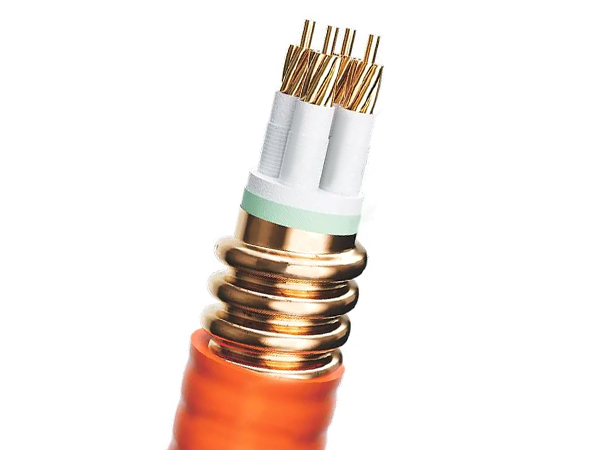
Fire -resistant cables
Fire resistant cables continue to transmit electricity even in the event of a fire. Their presence guarantees the functioning of critical building systems (like rescue lighting, fire alarms and fire -fighting equipment). This reduces losses in human lives and material damage during a fire.
Materials and structure : These cables use specific materials such as mica band, capable of supporting high temperatures. Their design allows the driver to remain powered even if the outer envelope is damaged by the flames.
Applications : These cables are used in high -security areas such as evacuation tracks, fire extinction systems and emergency lighting.
Mineral insulation cables (MicC cables)
Mineral insulation cables (MICC) offer excellent fire resistance, to heat and corrosion. They are widely used in extreme environments. Their driver is copper, surrounded by compressed mineral insulation such as magnesium oxide, with a copper outdoor sheath.
Materials and structure : Mineral insulation offers exceptional resistance to fire and corrosive environments. These cables can continue to drive electricity at temperatures above 1000 ° C.
Applications : These cables are often used in high -security environments such as boilers, chemical factories and underground parking lots. They are also essential in emergency food systems.

Prefabricated cables with connections
Prefabricated cables with connections are specially designed for high -rise buildings. They are suitable for vertical power supply systems in buildings. These cables are prefabricated in the factory, which reduces the installation time and minimizes errors on site.
Materials and structure : They consist of a main cable and prefabricated connection cables. Connection points are made in the factory, and on site, Just connect them to the distribution cabinets or equipment on each floor.
Applications : This type of cable is commonly used for main power supply systems in large buildings. They reduce costs and installation time while improving the quality of the installation.
II. Cable installation standards
The quality of the installation of the cables is essential to guarantee the proper functioning of the electrical system. Here are some important standards to be complied with when installing cables :
Wiring methods
Apparent and recessed installation : The cables can be installed apparently or recessed. The apparent installation is suitable for technical areas such as basements and machine rooms, While the recessed installation is hidden in the walls or ceilings for aesthetic reasons.
Pose cables
Cable and supporting paths : When there is a big number of cables or large diameter cables, cable paths or supports should be used. This prevents damage caused by an overload.
Cable protection : By crossing walls or floors, Cables must generally be protected by metallic or plastic conduits to avoid physical damage and electromagnetic interference.
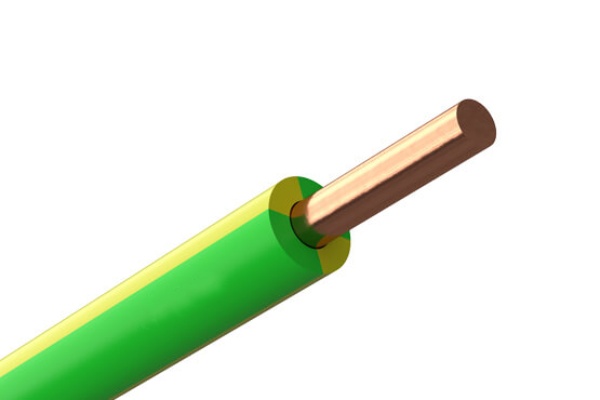
Cables
The cables must be securely fixed to prevent them from bending or vibrate, which could damage them. Cable ties or necklaces are often used, with uniform spacing of the fixing points.
Fire safety measures
When they cross walls and floors, The cables must be sealed with fire -resistant materials to prevent the propagation of flames.
For critical security equipment, It is imperative to use fire -resistant cables or mineral insulation to ensure the stability of the power system during a fire.
III. Safety and sustainability of electric cables
The choice and installation of cables have a direct impact on the safety and sustainability of the electrical system of a building. Ensure that cables comply with the standards in force reduces the risk of electric accidents and improve the lifespan of the electrical system.
Safety of the choice of cables
Safety performance vary considerably depending on the materials, cable structure and design. Choose the right cable requires taking into account not only electricity needs, but also the specific building requirements (like fire resistance or heat). Fire resistant cables and mineral insulation continue to operate in high temperature and fire environments, which makes them suitable for high security places. On the other hand, Optical fiber cables are ideal for high -speed data transmission, thus preventing electromagnetic interference and ensuring the stability of communication systems.
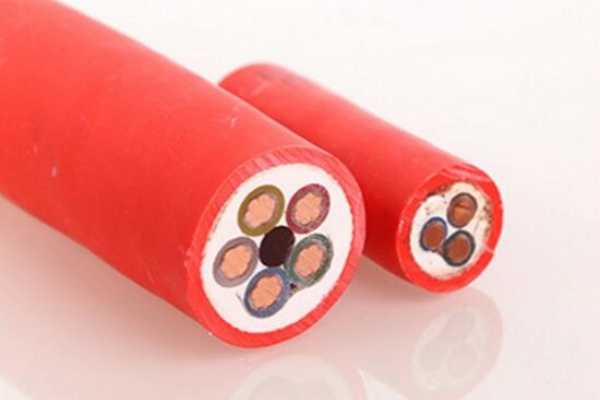
Importance of the quality of installation
The quality of the installation of cables directly influences their lifespan. Good installation can reduce damage and improve the overall performance of the electrical system. For example, well -designed wiring and adequate fixings prevent cables with prolonged constraints. What's more, Regular inspections and cable system maintenance are essential measures to extend their lifespan.
Regular maintenance and inspection
Although high quality cables and good installation improve the stability of the system, Regular checks remain crucial. Maintenance staff must regularly control the physical condition of cables to detect wear, aging or overheating, Especially in high temperature environments, with high humidity or exposed to chemical agents.
Conclusion
The choice and installation of cables in a building are not limited to functionality, but also relate to the safety of people and goods. It is essential to select suitable cables according to real needs. During installation, Standards must be rigorously followed to guarantee the safety and sustainability of the electrical system. What's more, Maintenance and regular inspections contribute to prolonging the life of cables and preventing electric accidents. If you want to know more, do not hesitate to contact us. ZMS cable is impatiently awaiting your message.
